Looking for a fun, age-appropriate Nan Goldin art history lesson for homeschoolers?
Today, we’re looking at one of the most famous, groundbreaking photographers in the world.
Teaching Nan Goldin in an Age-Appropriate Way
PLEASE NOTE: While Nan Goldin is a respected and influential photographer, it’s important to note that some of her work contains mature themes and images that may not be suitable for children.
Always preview the specific images you plan to share to ensure they align with age-appropriate content guidelines.
Much like Andy Warhol and other late-twentieth century photographers, this is definitely not an artist you want to turn your kids loose on and encourage unbridled Googling.
But it is certainly possible to teach them about Nan Goldin’s artistry without the mature content.
Focus on her more recent and diverse works. Some of her later projects, like “Eden and After,” feature a broader range of subjects and themes that may be more accessible to younger audiences.
Also, discuss Nan Goldin’s approach to storytelling through photography in a way that highlights her artistic techniques without delving into mature subject matter.
Who is Nan Goldin?
Nan Goldin, born on September 12, 1953, in Washington, D.C., is a celebrated American photographer known for her intimate and deeply personal photographic narratives.
Her life and work are intertwined, creating a powerful tapestry of raw emotion, honesty, and the exploration of personal relationships.
Early Life
Goldin’s journey into the world of photography began at a young age. Growing up in a suburban Jewish family, she received her first camera at the age of 15. The gift marked the inception of her lifelong passion for capturing the unfiltered essence of life, people, and emotions.
The Boston Years
In the early 1970s, Goldin moved to Boston to attend the School of the Museum of Fine Arts.
It was during this time that she found her voice as an artist. Her early works were already marked by an unflinching gaze into the lives of her friends and herself, documenting the highs and lows of bohemian existence.
Capturing the Margins
Goldin’s photography is characterized by its unapologetic focus on marginalized communities. She has a unique ability to capture the authenticity of people living on the fringes of society.
Through her lens, she brings visibility to those often overlooked, celebrating the diversity of human experience.
Struggle and Resilience
Throughout her life, Goldin has been open about how her art serves as both a reflection and a coping mechanism, allowing her to confront and share her personal demons.
In doing so, she has inspired countless individuals facing similar challenges to confront their own realities.
Legacy and Influence
Nan Goldin’s impact on contemporary photography is immeasurable. Her work has influenced generations of photographers and artists, inspiring them to delve into the complexities of human relationships and societal norms.
Her fearless approach to storytelling, coupled with a keen eye for the beauty in vulnerability, has left an indelible mark on the world of visual arts.
Nan Goldin’s life and photography are a testament to the transformative power of art. Through her lens, she invites us to confront the messy, beautiful, and sometimes painful aspects of the human experience. Her legacy extends beyond galleries and museums, reaching into the hearts and minds of those who connect with the profound emotion captured in each frame. Nan Goldin, both as an artist and a person, continues to challenge and redefine the boundaries of visual storytelling.
Key Vocabulary
Flash Photography: The use of artificial light, often a flash unit or built-in flash, to illuminate a scene or subject. It is commonly used in low-light conditions to enhance visibility and capture well-lit photographs.
Subject: The main focus or main object captured in the image. It is what the photographer aims to highlight and draw attention to within the frame.
Candid Portrait: A photograph of a person taken informally, often without their knowledge or without them posing. The goal is to capture the subject in a natural and unposed state, revealing authentic expressions and emotions.
Aperture: The opening in the lens through which light enters the camera. It is expressed as an f-number (e.g., f/2.8, f/5.6), representing the size of the aperture. A lower f-number indicates a larger aperture, allowing more light to enter, while a higher f-number means a smaller aperture.
Framing: Using elements within the image, such as objects or scenery, to create a visual frame around the main subject. This technique draws attention to the subject and adds depth to the composition.
Boston School of the Museum of Fine Arts: A group of photographers associated with the School of the Museum of Fine Arts in Boston. This group, including Nan Goldin, emerged in the 1970s and is known for its emphasis on personal and intimate documentary photography.
Bohemian: A lifestyle associated with artists, writers, and individuals who live unconventionally, often prioritizing creativity, artistic pursuits, and a free-spirited approach to life. Nan Goldin’s early work is often considered bohemian as it reflects the unconventional lifestyles of her and her friends.
Photo Stories: Narratives told through a series of photographs. Instead of a single image, a sequence of pictures is used to convey a story, capturing moments and emotions that unfold over time.
Nan Goldin Art History Project for Children
PLEASE NOTE: Hopefully, this goes without saying in this day in age, but always get consent from both children and their parents before photographing them.
Materials:
*Any flash camera (including a phone)
*Masks
Step 1
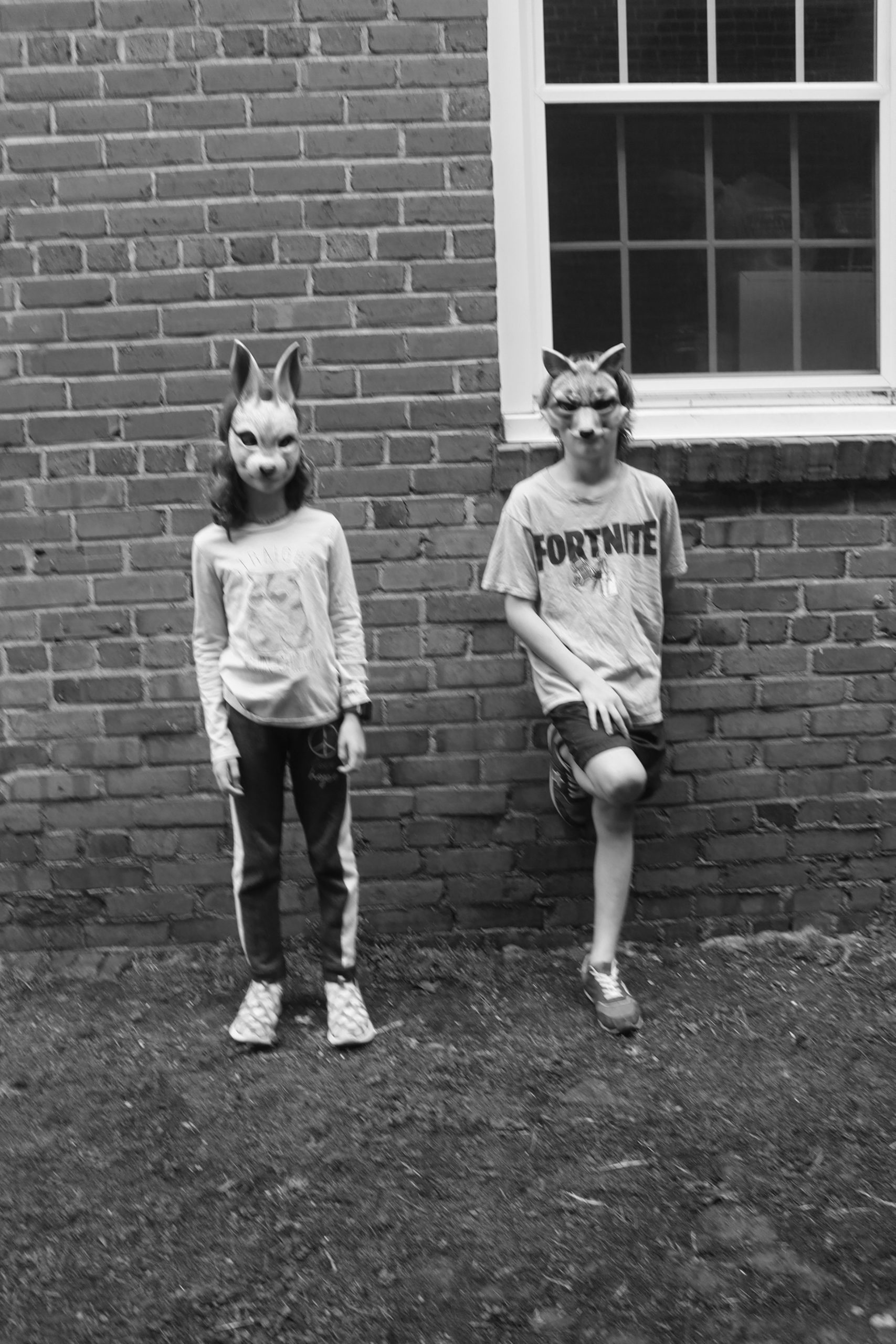
Offer a variety of masks for the children to choose from. (You could even do an entire other lesson on mask-making, and let them make their own in advance).
The masks serve a number of purposes! First of all, it’s fun for them to be creative and pick something out. It allows them to be themselves and play a character at the same time.
It also creates a moody, eerie, “artsy” vibe and avoids the look of ordinary snapshots.
Most important, it also helps to curb privacy concerns.
Step 2
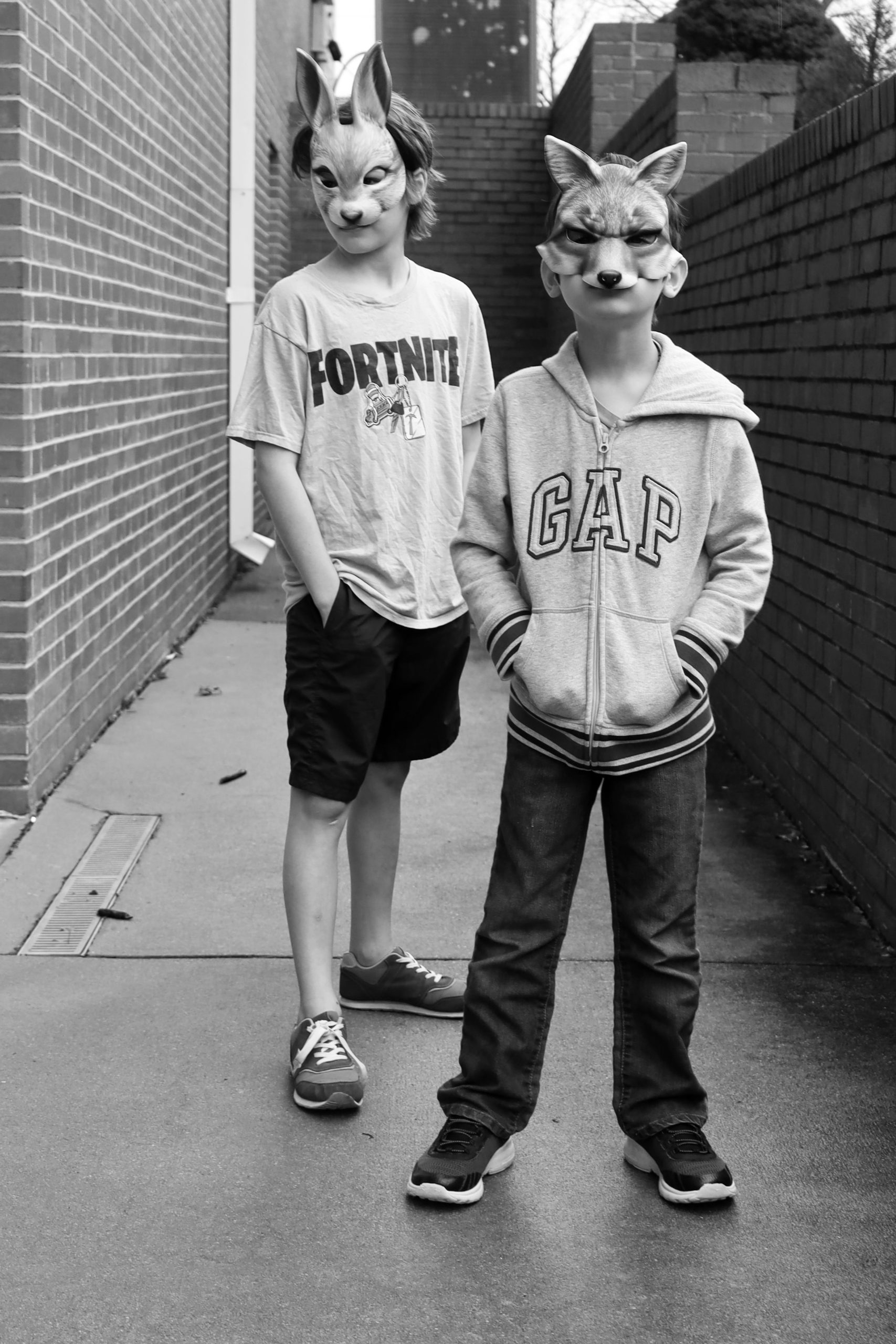
Let them photograph each other.
Encourage them to experiment with different light (window light, shadow light, flash on/flash off ect).
Remind them that they don’t always have to smile at the camera, or even look at it.
If this is specifically a photography unit (as a opposed to a general art history unit) or a class for older kids, you can demonstrate more advanced techniques (aperture, shutter speed, ect).
Love how these came out!
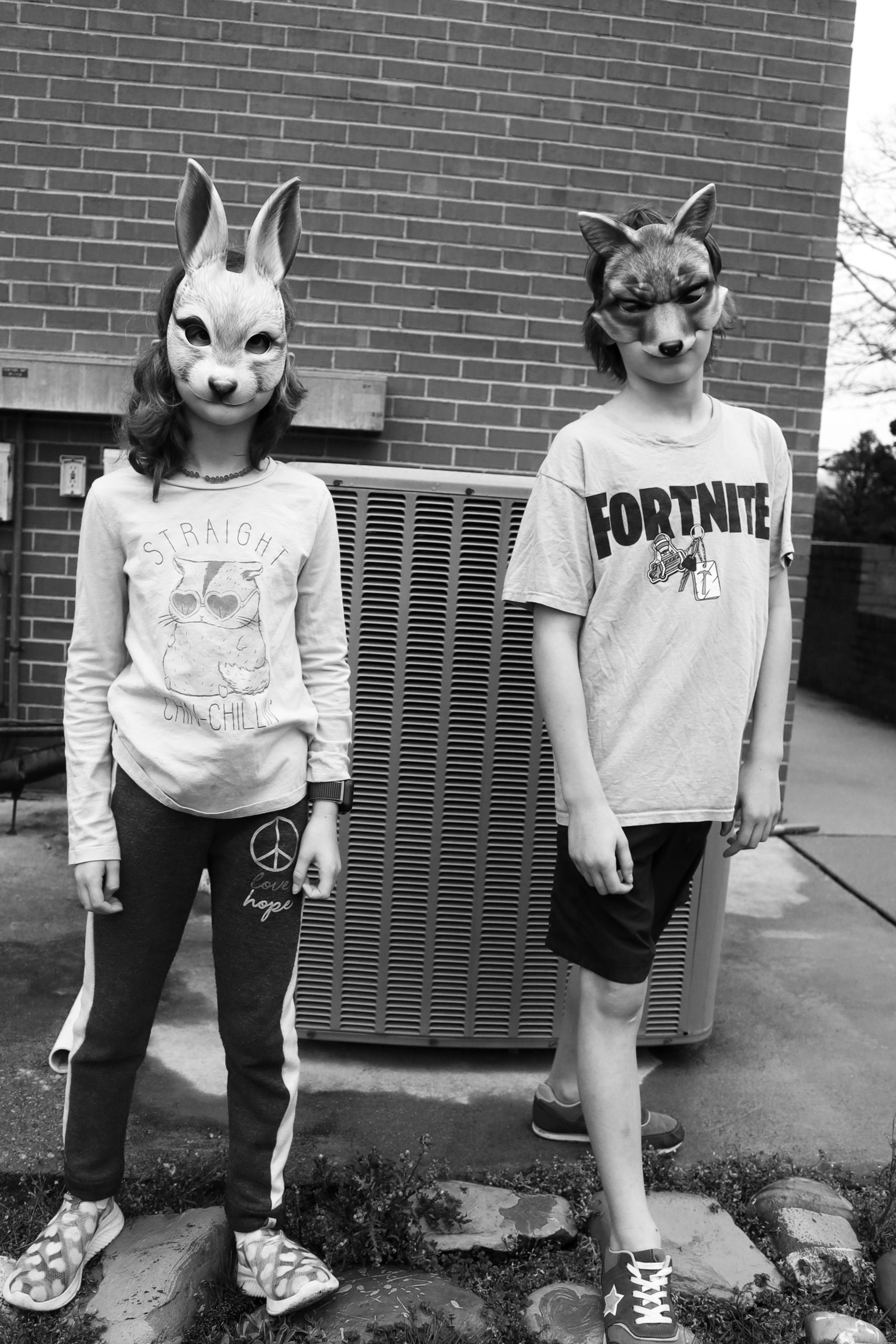
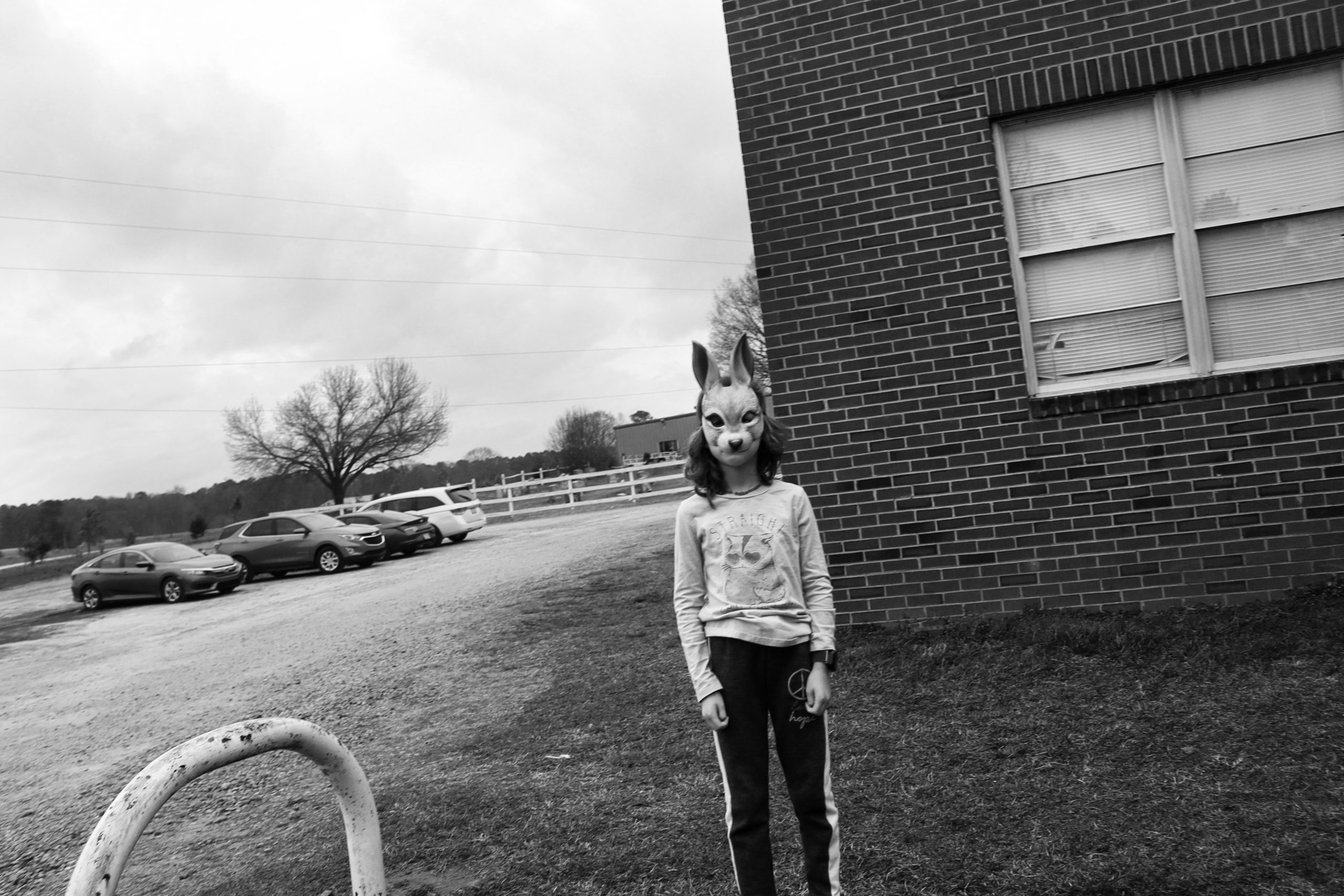
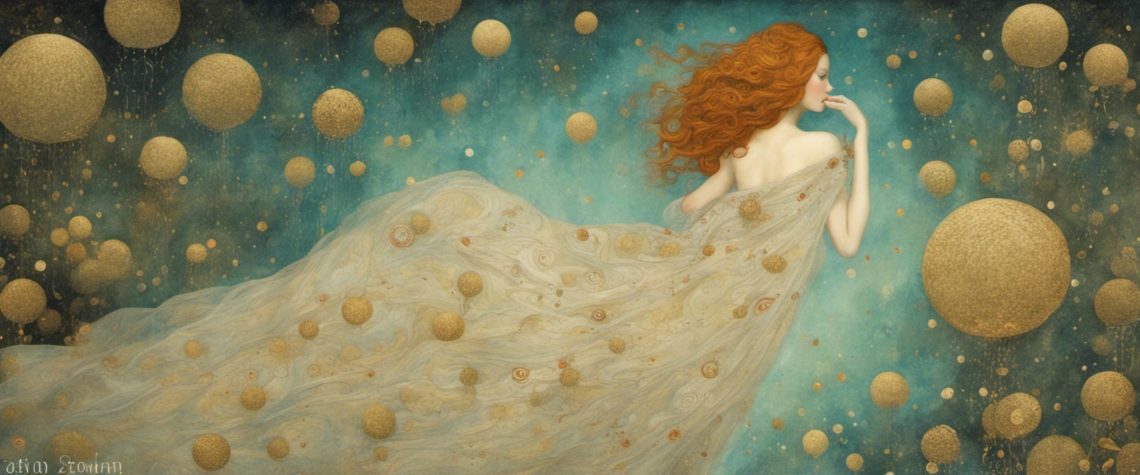
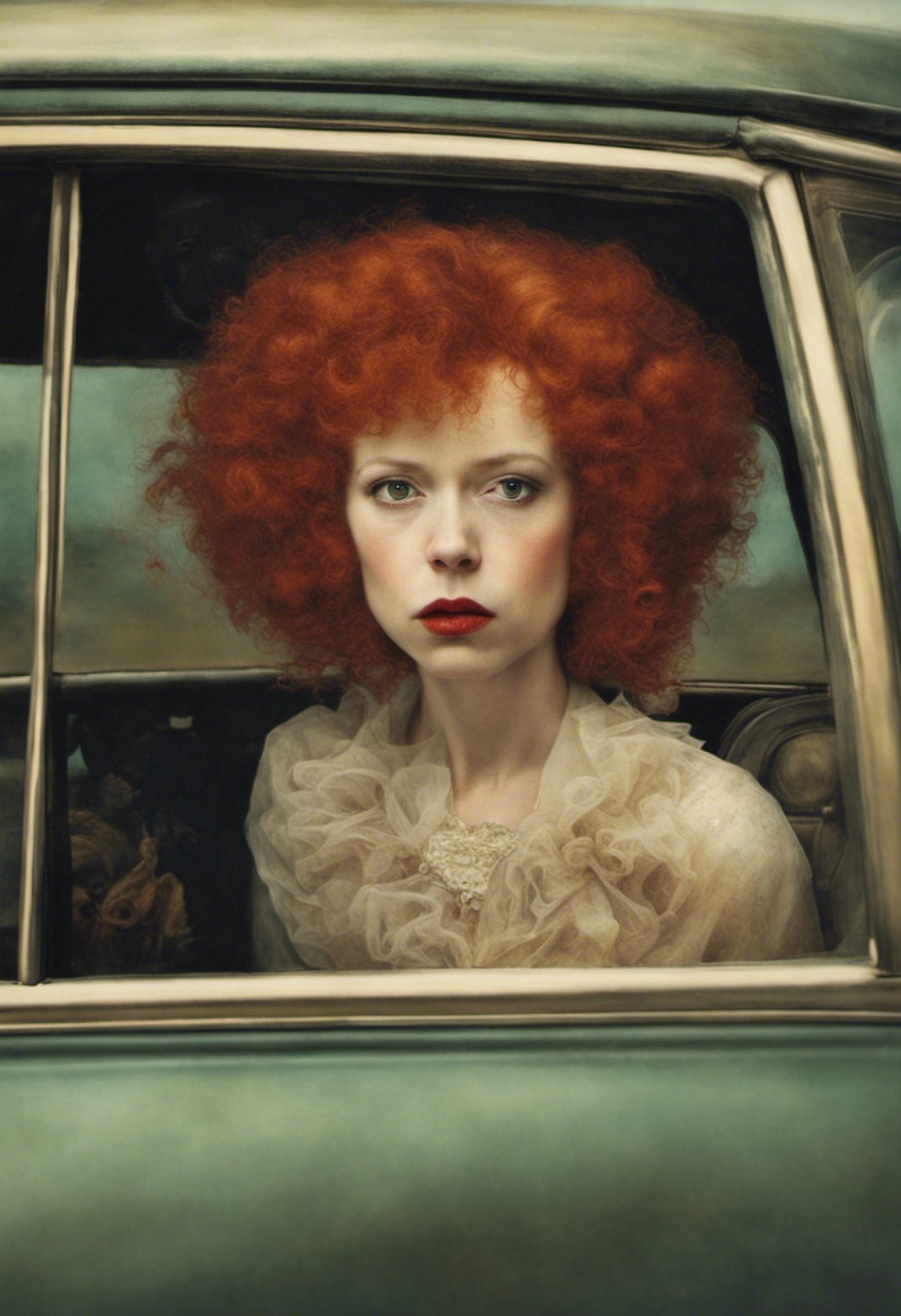
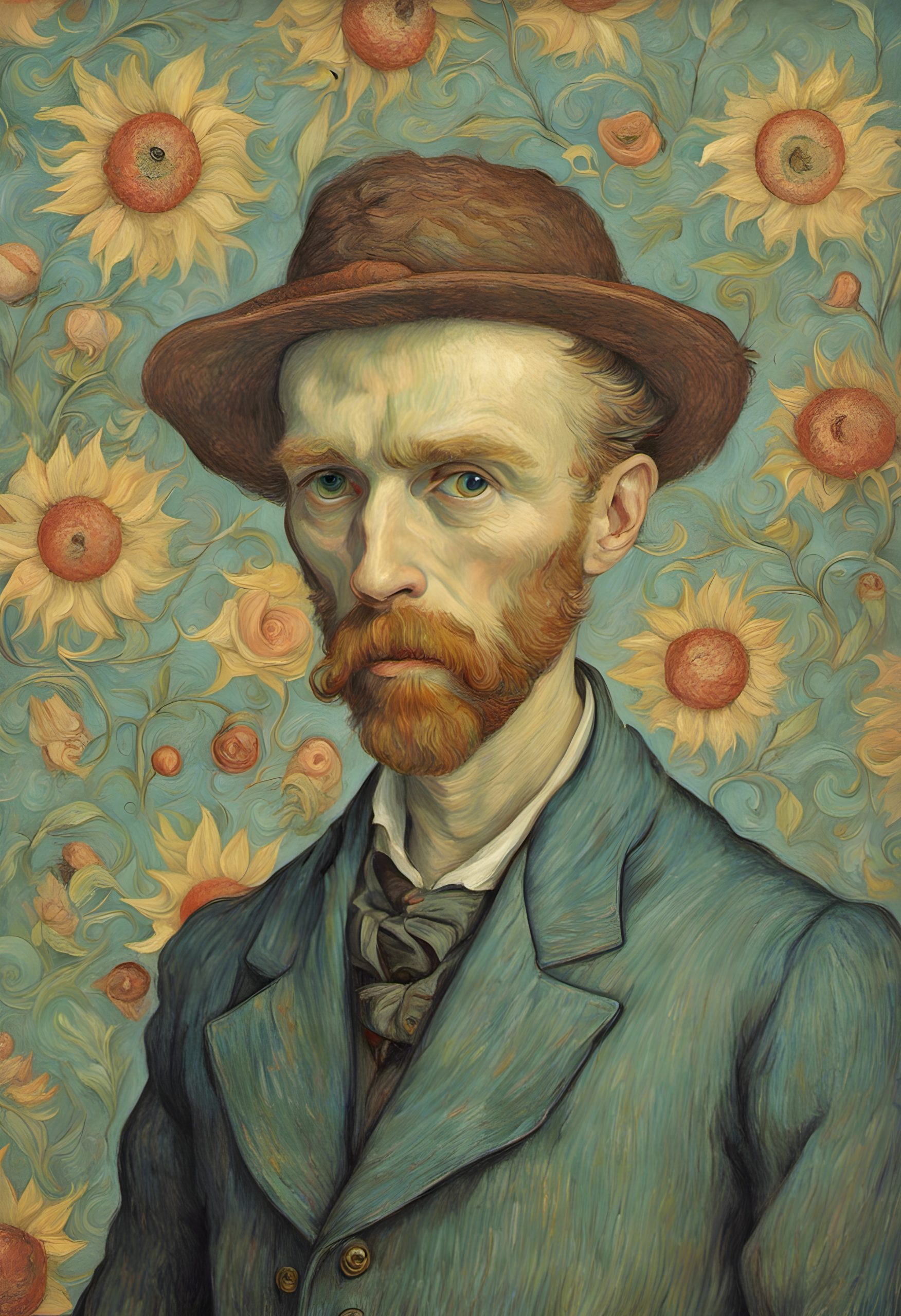
1 Comment